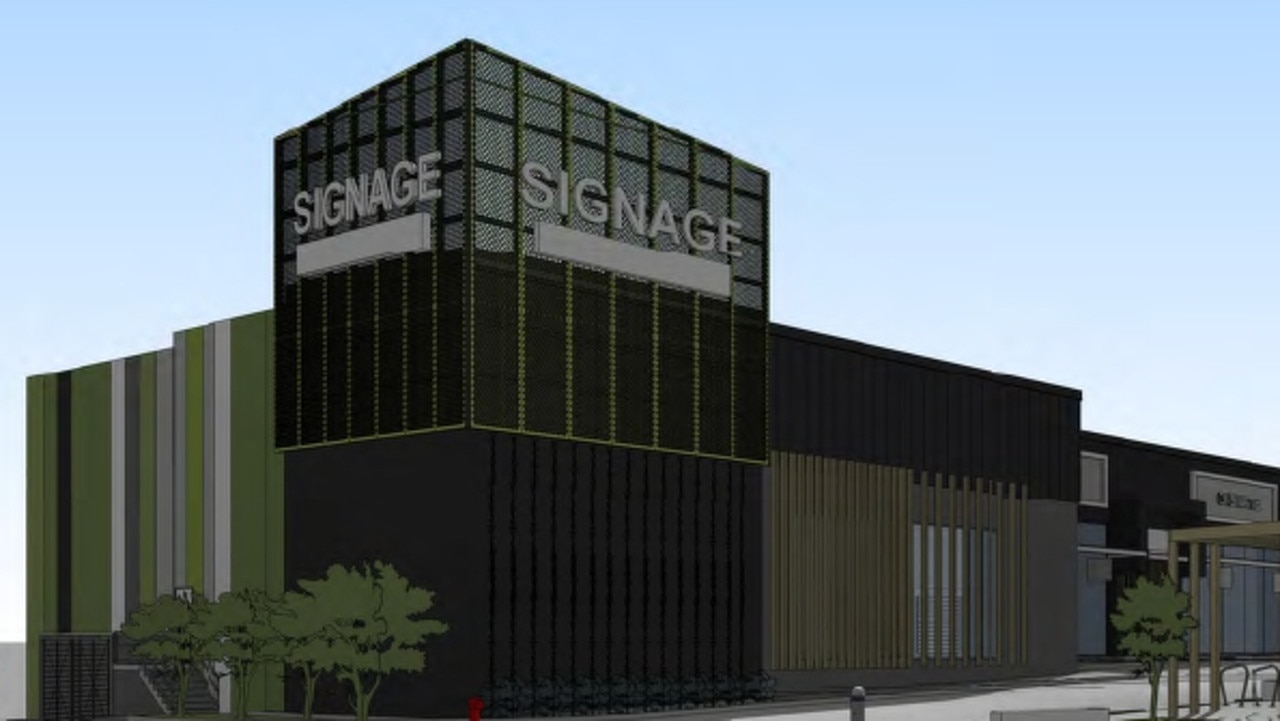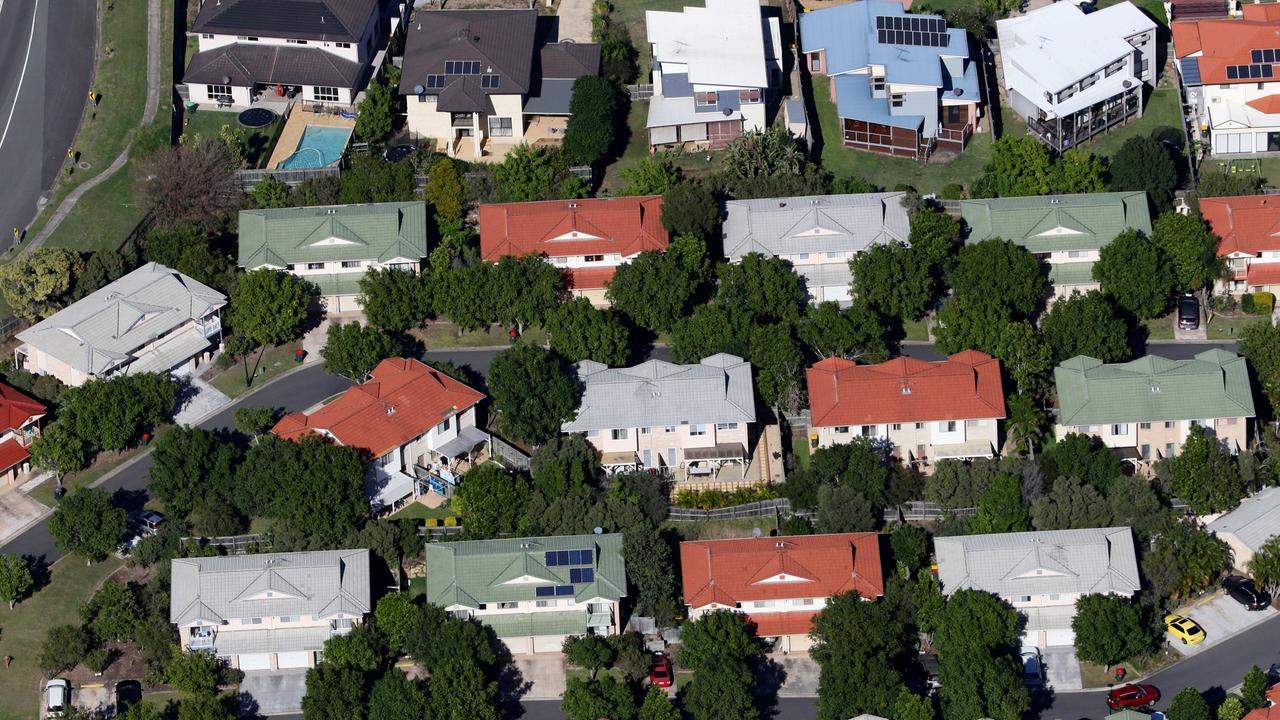Housing market bust over, solid growth forecast in 2023: SQM
A new housing forecast says the property bust is all but over, with new growth forecast for 2023. Here’s what it means for Queensland.
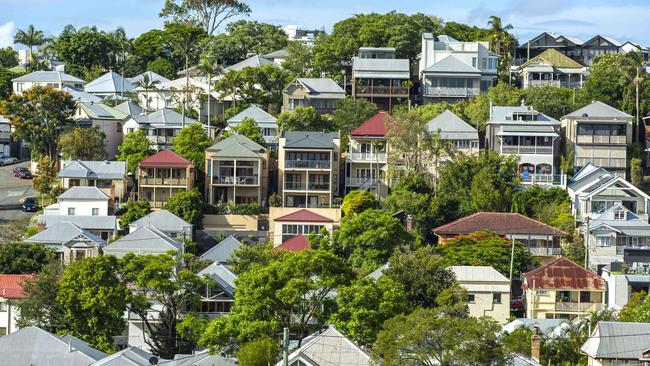
Property
Don't miss out on the headlines from Property. Followed categories will be added to My News.
The residential property market is set to swing back into growth mode in 2023, with signs of market recovery already underway across the country including Brisbane, say latest forecasts.
Christopher’s Housing Boom and Bust Report 2023, released today by SQM Research, predicts Brisbane housing prices will rise by 5 per cent in 2023, along with Melbourne and Adelaide, but Sydney will push past all capitals with 9 per cent and Perth will follow closely at 8.
The rises are an upward revision, considering earlier forecasts have been picking falls for Brisbane and parts of Qld in 2023 given interest rate and inflation uncertainty.
MORE: Buddy Franklin splashes $9m on Gold Coast mansion
‘Fatty’ Vautin takes big hit on luxury Gold Coast pad
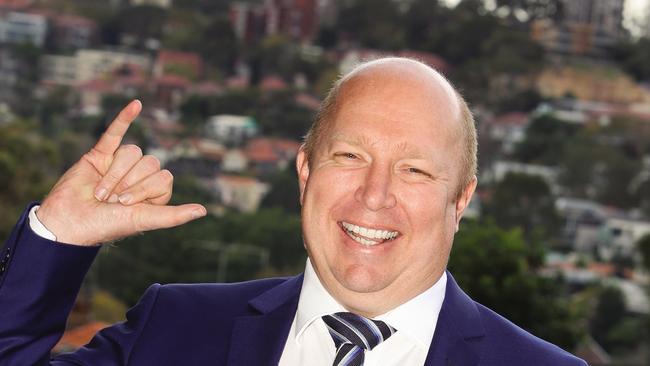
SQM Research head Louis Christopher believes a pause in interest rate rises will come no later than June, along with a recovery in Australian capital city dwelling prices.
“The cash rate is tipped to rise to no higher than 4 per cent and from that point, stay on hold for the duration of the year.”
He said Brisbane still had some price correction to work through in the first half of 2023, with some of the heat also expected to come out of the Gold and Sunshine Coasts where housing costs had climbed significantly during the pandemic.
But he expected pressure from interstate buyers to ease as NSW bounces back in 2023 – especially given the narrowing gap in the cost of housing between SEQ and Sydney.
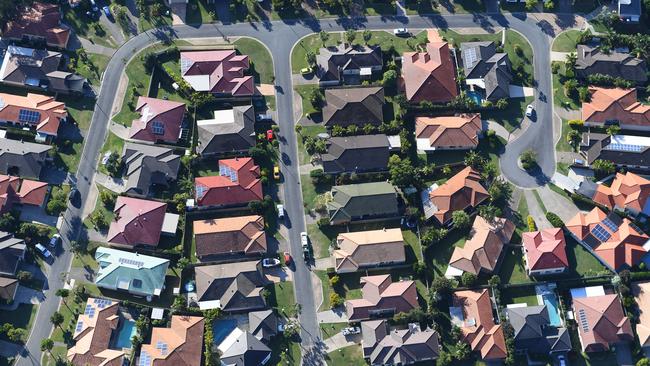
The SQM report expected renters to see more pain in 2023 until the end of the year when dwelling completion numbers rise, housing formation slows and more renters become first home buyers.
“Asking rents are forecast to rise between 8 per cent to 13 per cent.”
The predictions come a day after the Reserve Bank Governor Philip Lowe apologised to homeowners who bought at the peak of the market believing there’d be no rate rise until 2024. He said there were caveats around his statements which may not have reached homebuyer ears in media reports.
“I’m sorry that people listened to what we said and then acted on that and now find themselves in a position they don’t want to be in. But at the time, we thought it was the right thing to do. And I think looking back (we) would have chosen different language … People did not hear the caveats,” he told the Senate Economics Legislation Committee Monday.
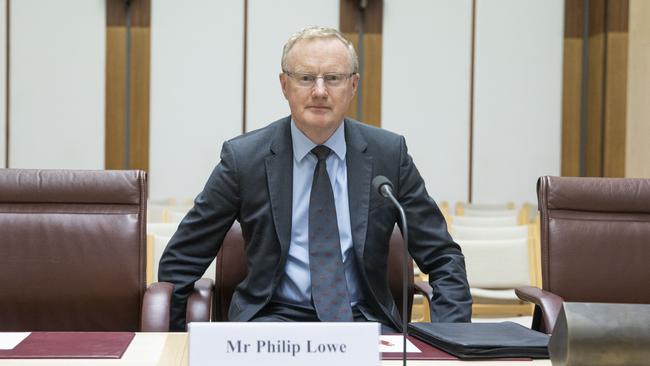
Mr Lowe also told the committee there may be another way to help ease inflation, suggesting a boosting of supply of gas, electricity and housing.
“Higher interest rates affect the demand side and there are things we can do on the supply side … increasing the supply of gas and electricity and housing will make a difference to the price of gas and electricity and rent.”
Mr Christopher said it would be a challenging year for RBA “to walk their tightrope and pull off a soft landing for the Australian economy”
“However, contrary to current popular opinion, I believe they will manage to do just that.”

Mr Christopher’s base case scenario was “rates on hold” with interest rates to peak no higher than 4 per cent, inflation to peak at 8 per cent and then fall back to 5, and unemployment to rise but remain below 5 per cent in 2023.
“The key in our view is where the peak in the cash rate will be. If the target rate stays below 4 per cent, then it is unlikely we will have a flood of forced sales in the housing market,” Mr Christopher said.
“There is of course a risk the RBA may need to go further. If they do then the risks of a hard landing in the economy do substantially rise and thus, a hard landing in the housing market would also occur.”
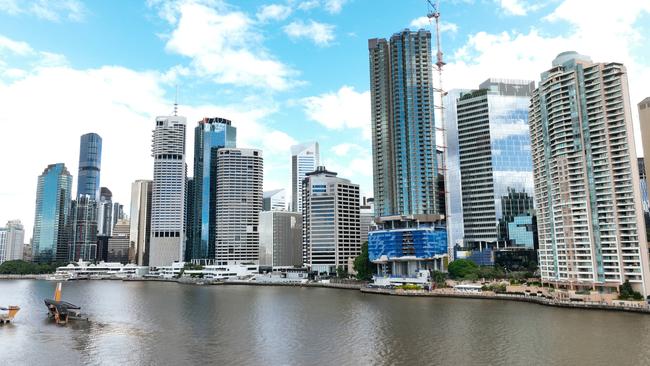
The SQM base case scenario is in line with the Reserve Bank’s expectations with its November Statement on Monetary Policy expecting headline consumer price inflation to peak at around 8 per cent at the end of this year and then decline into early 2023.
The RBA expects households to see some pressure on household spending into 2023.
“High inflation and rising interest rates are raising the cost of living and will weigh on households’ income and spending in real terms. Household consumption will also be dampened by wealth effects as housing and other asset prices continue to weaken.”
Australian Gross Domestic Product growth is forecast at 2 per cent for 2023, compared to 4 per cent this year, according to RBA data.



